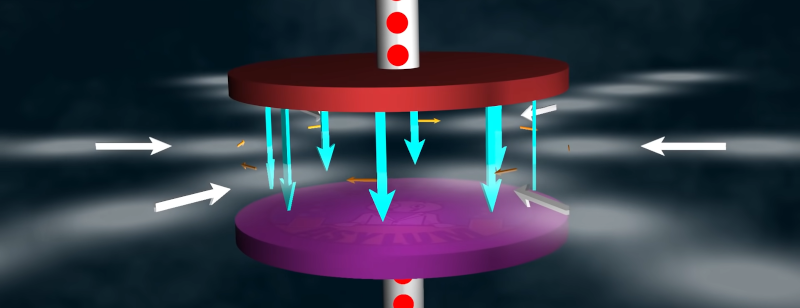
If you are like [The Science Asylum], you might wonder how a capacitor can work since, at their core, they are nothing more than a gap filled with air or another insulator. He explains how in a recent video you can see below.
Of course, at DC, a capacitor doesn’t conduct any better than the insulator used as its dielectric. However, a DC voltage has to start sometime and when it does, it briefly looks like AC. The video explains it all in simple terms. Of course, if you are math savvy, you can probably get as much out of the normal C=dQ/dV equation.
If that doesn’t speak to you, the explanation in the video about charges will shed some light. He even shows an animation of the classic “hydraulic model”, which is helpful to develop intuition about the process.
We often don’t think about the details of how charge, voltage, current, and energy all relate, but as [The Science Asylum] points out, he is a theoretical physicist and not an engineer. So he dives into the actual explanation that isn’t what we usually think of when we design with capacitors, because we are usually just interested in practical results. Still good to know, though.
While most real capacitors don’t look like open-air gaps, some do and you can even make them. You can also just twist together some wires.
0 Commentaires